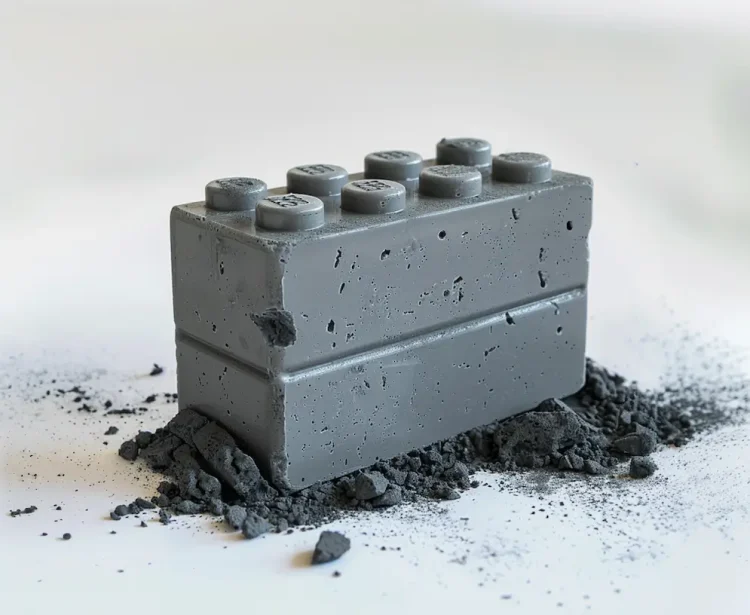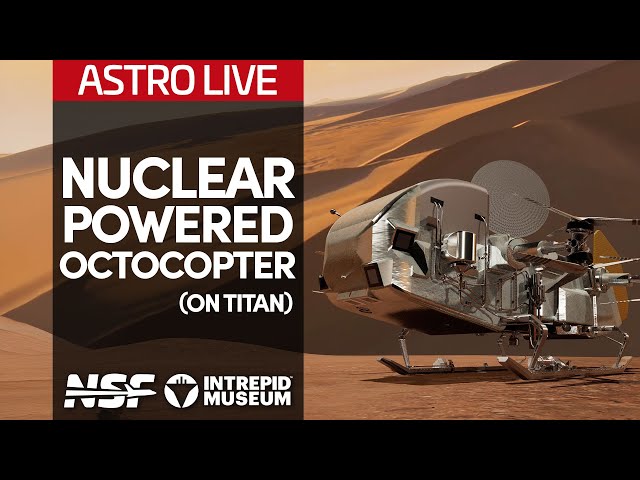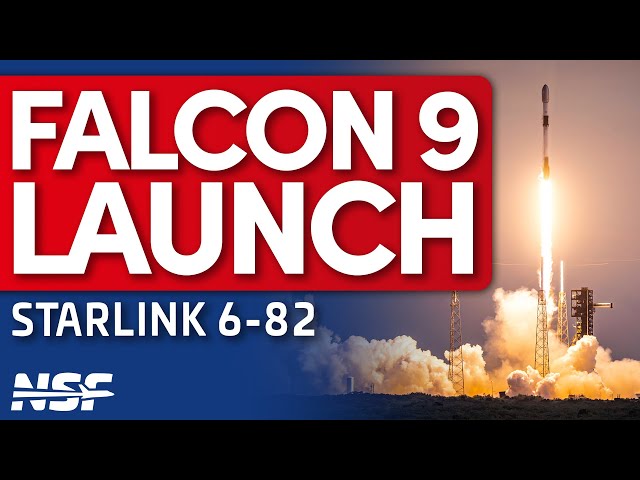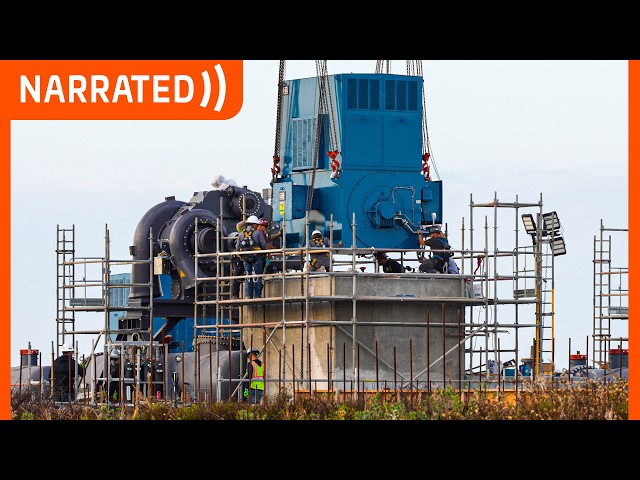In a groundbreaking collaboration between the European Space Agency (ESA) and the renowned Danish toy company Lego, a new era of lunar construction is on the horizon. The ambitious project aims to harness the potential of regolith—the dusty, rocky material covering the Moon’s surface—to create essential building blocks for future lunar bases and infrastructure.
The Challenge of Lunar Construction
Humanity’s quest to establish a sustained presence on the Moon poses unique challenges. Unlike Earth, where construction materials are abundant, transporting heavy building materials to the Moon is impractical and costly. This logistical hurdle has prompted scientists and engineers to explore innovative solutions using local resources.
Enter Lego and ESA
Recognizing the need for lightweight, versatile building materials that can be manufactured from lunar resources, ESA joined forces with Lego—a company renowned for its interlocking plastic bricks that have entertained generations of children and adults alike.
From Meteorite Dust to Lego Bricks
The key breakthrough came with the development of Lego bricks composed of meteorite dust and other lunar materials. Meteorites, remnants of asteroids that have collided with Earth or the Moon, provide a unique source of materials similar to those found on the lunar surface.
ESA scientists meticulously ground down a 4.5-billion-year-old meteorite known as NWA 869, discovered in northwest Africa in 2000. This ancient meteorite contains metal grains, chondrules (tiny spherical grains of rock), and other elements crucial for creating a composite material resembling lunar regolith.
The Manufacturing Process
Using advanced 3D printing technology, the team compressed the ground meteorite dust and simulated regolith into Lego-like bricks. These bricks were designed to interlock just like traditional Lego pieces, ensuring structural integrity and ease of assembly—a critical feature for constructing habitats and shelters on the Moon.
Proof of Concept and Future Prospects
The successful creation of these prototype Lego bricks marks a significant milestone in lunar exploration and colonization efforts. It demonstrates the feasibility of manufacturing construction materials from local resources, paving the way for sustainable lunar infrastructure development.
Aiden Cowley, an ESA scientist involved in the project, emphasized the importance of innovation in lunar construction: “No one has ever built a structure on the Moon, so we need to figure out not only how to build them but also what to build them from.”
Public Display and Global Impact
Lego plans to showcase these meteorite bricks in selected stores worldwide from now until September, allowing the public to witness firsthand the potential of lunar construction technology. This initiative aims to inspire future generations of scientists, engineers, and explorers to contribute to humanity’s journey beyond Earth.
Conclusion
As humanity looks toward a future where lunar exploration becomes a reality, collaborations like the one between ESA and Lego highlight the ingenuity and resourcefulness required to overcome challenges in space exploration. By harnessing the humble Lego brick and the ancient dust of meteorites, we are taking bold steps towards establishing a sustainable human presence on the Moon—one brick at a time.
The partnership between ESA and Lego symbolizes a union of scientific expertise and creative innovation, offering a glimpse into a future where humanity’s reach extends far beyond our home planet.
As we stand on the brink of a new space age, the dream of building on the Moon is no longer confined to science fiction—it’s becoming a tangible reality, built from the ground up, or perhaps more accurately, from the regolith beneath our feet.









